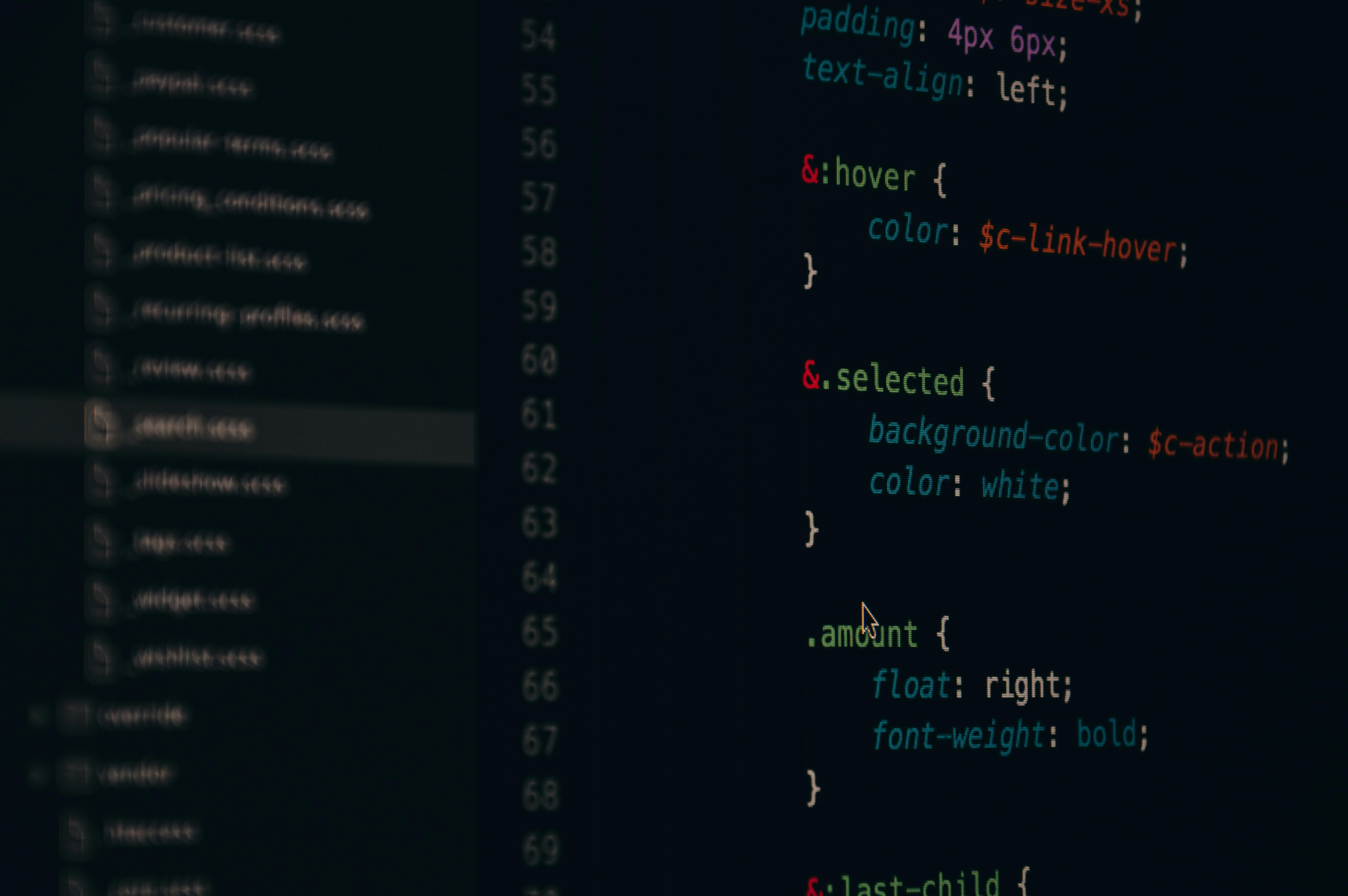Css Specificity, Selectors and Inheritence
 Miriam Mildred
Miriam Mildred
Understanding the concept of CSS Specificity, Selectors and Inheritance CSS – The Backbone of Web Design
If HTML is the skeleton of a web page, then CSS is the flesh and blood that brings it to life. It's the language that paints our online world with vibrant colors, captivating shapes and smooth animations. But this magic doesn't happen by chance. CSS operates on a set of principles and one of the most crucial is the concept of specificity and selectors.
Unraveling the Mystery of CSS Specificity Specificity is the secret sauce that determines which style rule gets the final say when two or more of them target the same element. It's like a tiebreaker system that helps the browser decide whose style declaration wins the fight. Without this, our web pages would be a chaotic mess of conflicting styles.
Navigating the Cascading Waters The "C" in CSS stands for "Cascading," and it's a fundamental aspect of the language. The cascade is the process of combining different stylesheets and resolving conflicts between CSS rules that apply to the same element. At its core, the cascade gives priority to the rule that comes last in the stylesheet. But it also considers the specificity of the selector and the importance of the rule. Selectors:
The Keys to Unlocking Specificity CSS selectors are the gatekeepers that grant access to the content we want to style. Different types of selectors carry different weights. For example, an element selector, like div, is less specific than a class selector, like .my-class. Specificity isn't just about the selector type, though – it also factors in the source order and the importance of the rule.
The Magic of Inheritance Inheritance is another crucial concept in CSS. Some property values set on parent elements are automatically passed down to their children, while others are not. This can lead to some unexpected behavior, but it can also be harnessed to our advantage. For example, setting a font-family on a parent element will ensure all its children inherit that font, saving us time and effort.
Unlocking Inheritance with the inherit Keyword Sometimes, the default inheritance rules don't quite fit our needs. That's where the inherit keyword comes in handy. It allows us to explicitly specify that a property should inherit its value from the parent element, giving us more control over the styling cascade.
The Harmony of Inheritance, Cascade, and Global Scope In the grand scheme of CSS, inheritance, the cascade, and the global scope work together in perfect harmony to create a cohesive and consistent design. These three aspects are the foundations upon which we build our stylesheets, and understanding their interactions is key to mastering the art of CSS.
Conclusion
With a solid grasp of CSS specificity, selectors, the cascade, and inheritance, we can unlock the true potential of CSS and create websites that are not only visually stunning but also highly functional and maintainable. Remember, the goal is not to make CSS complex, but to understand how it works so we can wield it like the powerful tool it is.
Subscribe to my newsletter
Read articles from Miriam Mildred directly inside your inbox. Subscribe to the newsletter, and don't miss out.
Written by
